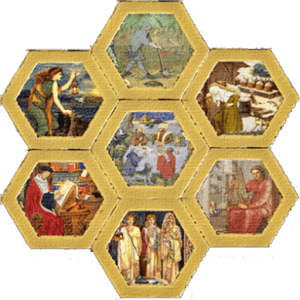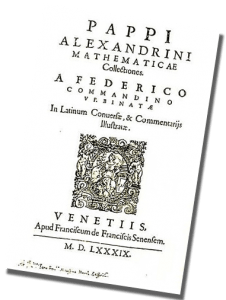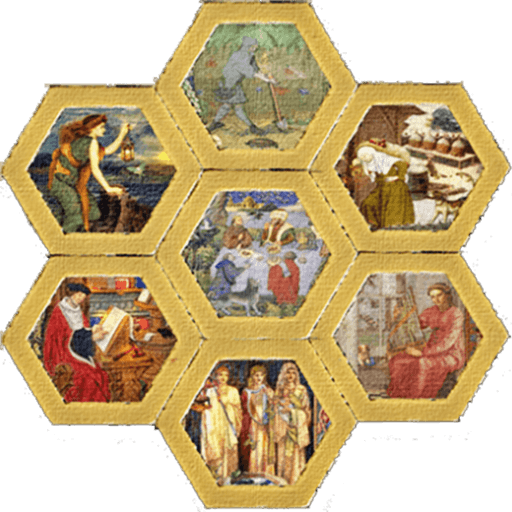 Like a honeycomb, everything below is somehow connected to St. Gobnait.
Like a honeycomb, everything below is somehow connected to St. Gobnait.
Hope you’ll find some things of interest – I certainly did!
And like a beehive, we are all interdependent on this earth.
For the past year, I’ve been working on a new series, “The Connections Collection” and introduced it February 11, in honor of St. Gobnait.
 Click here to view it.
Click here to view it.

Apitherapy is as old as beekeeping itself. Apitherapy began as part of folk medicine and continues to be used today to treat a range of conditions and diseases as well as to promote overall health and well-being. ![]()
 Writing on “The Sagacity of the Bees” in the fourth century, Pappus of Alexandria argued that bees had contrived the hexagonal shape of their honeycomb cells “with a certain geometrical forethought.” Irregularly shaped cells “would be displeasing to the bees,” he wrote, and only triangles, squares, or hexagons could fill the space regularly. “The bees in their wisdom chose for their work that which has the most angles, perceiving that it would hold more honey than either of the two others.”
Writing on “The Sagacity of the Bees” in the fourth century, Pappus of Alexandria argued that bees had contrived the hexagonal shape of their honeycomb cells “with a certain geometrical forethought.” Irregularly shaped cells “would be displeasing to the bees,” he wrote, and only triangles, squares, or hexagons could fill the space regularly. “The bees in their wisdom chose for their work that which has the most angles, perceiving that it would hold more honey than either of the two others.”
Great resources in a blog by master beekeeper Linda Linda’s Bees![]()
![]() Vintage drawings in addition to good information can be found in this history of beekeeping site.
Vintage drawings in addition to good information can be found in this history of beekeeping site.

![]() An interesting article from the “goddess” perspective
An interesting article from the “goddess” perspective
![]() About“Pattern Days” from Irish Culture & Customs (one of my favorite sites).
About“Pattern Days” from Irish Culture & Customs (one of my favorite sites).

